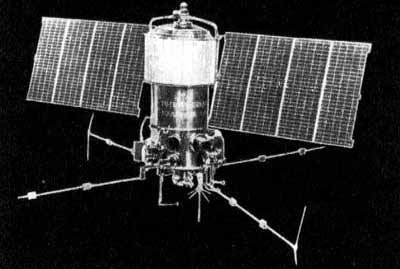Mission type Science COSPAR ID 1981-075A Launch mass 1,500 kg | Operator BSA Inclination 81.2° Launch date 7 August 1981 | |
 | ||
Perigee 825 kilometres (513 mi) Similar Intasat, Brasilsat‑A1, WRESAT, PoSAT‑1, San Marco 1 | ||
Naoumoff variations bulgaria 1300
Interkosmos 22, more commonly known as Bulgaria 1300 (Bulgarian: Интеркосмос 22-България 1300), was Bulgaria's first artificial satellite. It was named after the 1300th anniversary of the foundation of the Bulgarian state.
Contents
Description
The satellite was developed by the Bulgarian Space Agency around the "Meteor" bus, provided by the Soviet Union as part of the Interkosmos program. Assembly took place in Bulgaria, and the spacecraft was launched from Plesetsk in 13:35 local time on 7 August 1981. During that same year the Bulgarian government organized a massive celebration to commemorate the 1300th anniversary of the country's founding. Interkosmos 22 was successfully inserted in a near-polar orbit. The outer skin of the spacecraft, including the solar panels, is coated with a conducting material in order to allow the proper measurement of electric fields and low energy plasma. Power is provided by the two solar panels, which generate 2 kW of electricity. A rechargeable battery pack is used as an energy supply when the spacecraft is in an eclipse period. Gathered data is stored on two tape recorders, each with a capacity of 60 megabits. The main transmitter radiates 10 W in the 130-MHz band. No operational limit was planned. As of 2009, the satellite is operational and still on BSA's list of active programs, and provides data about the extraterrestrial environment over Earth's polar regions.
Equipment
The satellite contains a large set of scientific devices, designed and built in Bulgaria:
